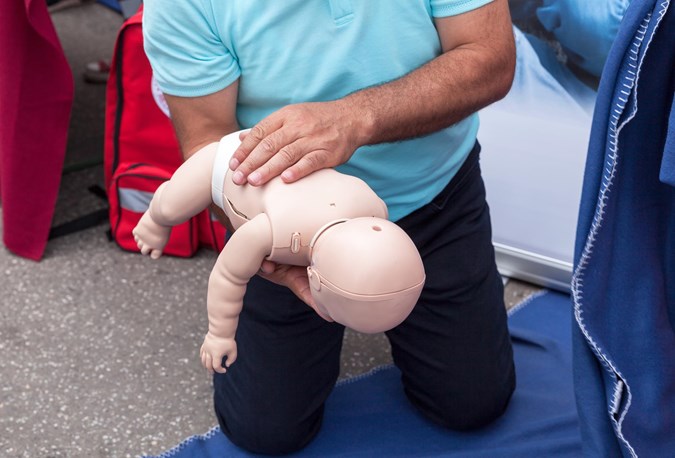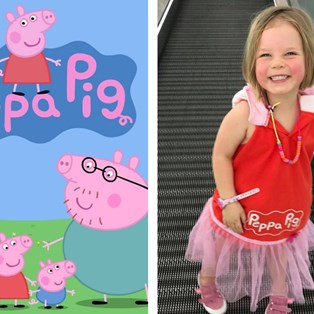What to do if your baby is choking

A must-watch video for all parents
By Practical Parenting team
February 01 2019
According to St. John's Ambulance 40 per cent of parents have witnessed their own baby choke, while over 80 per cent of these parents had no idea what to do in such a situation.
See the video below from St John's Ambulance for a step-by-step guide for dealing with choking:
What are the warning signs your baby is choking?
In young children, the struggle to breathe may not last long and the stopping of frantic activity may signal a serious or life-threatening situation, rather than a sign that they have dislodged the blockage. Look for other signs and symptoms such as the child’s responses, a pale face, or cold and clammy skin. These are signs that the child is in shock, according to the Better Health Channel.
Here are some other warning signs:
- Difficult or noisy breathing - ribs and chest pull inward.
- Inability to cry, cough or make much sound.
- Weak, ineffective coughing.
- Soft or high-pitched sounds while inhaling.
How do I treat a choking baby?
Immediately check if the child is still able to breathe, cough or cry. If so, they may be able to dislodge the object by coughing. Do not try to dislodge the object by hitting the child on the back or squeezing the stomach – this may move the object into a more dangerous position and cause the child to stop breathing.
Stay with the child and watch to see if their breathing improves. If the child is not breathing easily within a few minutes, call triple zero (000).
If, after the coughing settles down, there is any continued noisy breathing or coughing, take the child to see a doctor, as the object may have lodged in the windpipe or airway. If this is the case, it will need to be removed in hospital using a special instrument.

GETTY IMAGES
What to do when the child is not breathing
For a young child (under about five years), place the child face down over your lap so that the head is lower than the chest. For an older child, lay them on their side. Give four sharp blows on the back between the shoulder blades to dislodge the object.
Check again for signs of breathing. If the child is still not breathing, call triple zero (000) and ask for an ambulance. The ambulance service operator will be able to tell you what to do next. You will probably be advised to start expired air resuscitation (mouth to mouth) while waiting for help.
Do not use the Heimlich manoeuvre (squeezing the abdomen or hitting the child in the abdomen) unless directed to by the ambulance service operator, as this can cause serious damage to organs in the abdomen.










